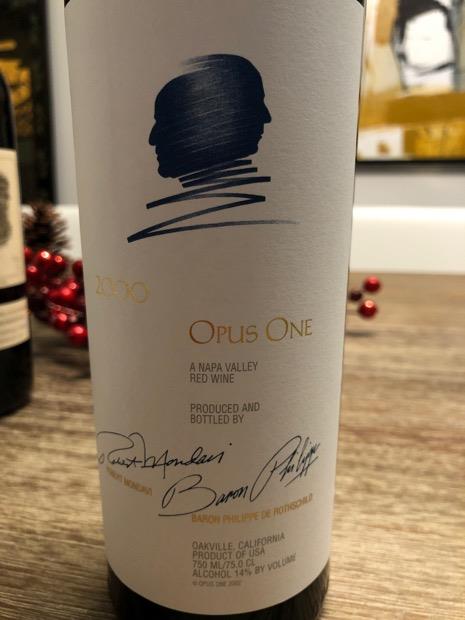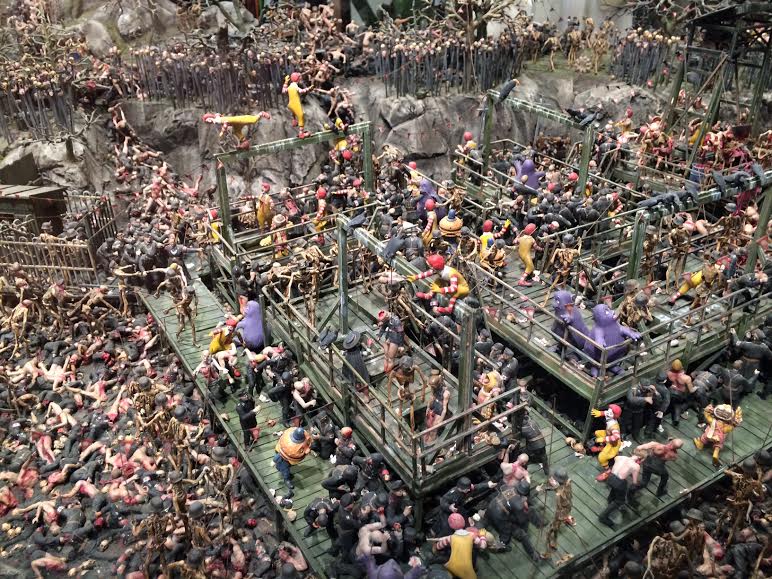

For Mondavi and his French counterpart, Opus One was more than a winery, it was a "noble venture" and a "calling.Learn about Opus One, it’s history, the winery and the wine. "What's a few million dollars here or there when you're out to create high art?" he asked. Robert Mondavi wrote in his autobiography of the great effort and expense that went into creating Opus One. "Would a small vineyard have access to that? Probably not," Asleson says.


Some examples are vineyard planting advances, marketing techniques and infrared satellite pictures that show how the vineyards are maturing. "I don't know of any Napa Valley or Sonoma winery that has the staff or resources to do the kind of research, for instance, that we have access to via the Robert Mondavi Winery and Chateau Mouton Rothschild." "Opus One is the favored child of two doting parents," Asleson says. We have enough tanks, and the design is ideal for preserving the fruit," Farmer says. The 80,000-square-foot winery was built as much for ideal winemaking as it was for appearance. Tours are open to the public by appointment only, but most are conducted for members of the wine trade. Maybe, too, because not many tourists are willing to pay the $25 tasting charge for a 4-ounce pour of Opus One - by far the highest charge for tasting in the Northern California wine country. Outside, there are only 28 parking spaces for visitors' cars. Its small size is probably because only 20,000 people visit the winery each year - about 300,000 visit the Robert Mondavi Winery across the street. Like all the public spaces at Opus One, the tasting room is understated. This method is meant to be as gentle as possible with the fruit. This function takes place on the mezzanine level of the winery, directly above the steel fermenting tanks so gravity carries the grapes to the tanks below. Remaining grapes are fed into a small destemmer-crusher, which gently removes the stems. Lug boxes are the plastic boxes in which 35 pounds of freshly harvested grapes are delivered to the winery.Īt Opus One, the small boxes go directly to the winery's sorting table, where a dozen people pick out and discard leaves and immature or sunburned fruit. "We're much more detailoriented than most wineries, down to the lug boxes," he says. "Our one wine is the total focus nothing gets in the way," says Mike Farmer, Opus One's cellar master, who manages the production of the wine. The focus on only one wine means attention to detail with nothing compromised, say Opus One representatives. The wine is sold in 65 overseas markets, and the 25,000-to 29,000-case annual production sells out within a month of its release, Asleson says. Typical of many French chateaux, Opus One makes only one wine, a highly touted Cabernet blend with a suggested retail price of $140 for a standard 750- milliliter bottle. They are followed by four major departments heads and, underneath them, about 30 employees at the Oakville winery. At the top are members of the two families, below them are a six-member board of directors, followed by two chief executive officers, one appointed by each partner. The winery has an extensive corporate structure.

This is one that both partners hope will last for generations into the future." Even outside the wine business, there are not too many long-standing Franco-American joint ventures. "Opus One is different than 99 percent of other wineries," says Roger Asleson, public relations director at Opus One. In his autobiography, Mondavi summed up Opus One as composed of "the best" of everything. It is a spotless, orderly corporate atmosphere unlike any winery in Napa Valley.


 0 kommentar(er)
0 kommentar(er)
